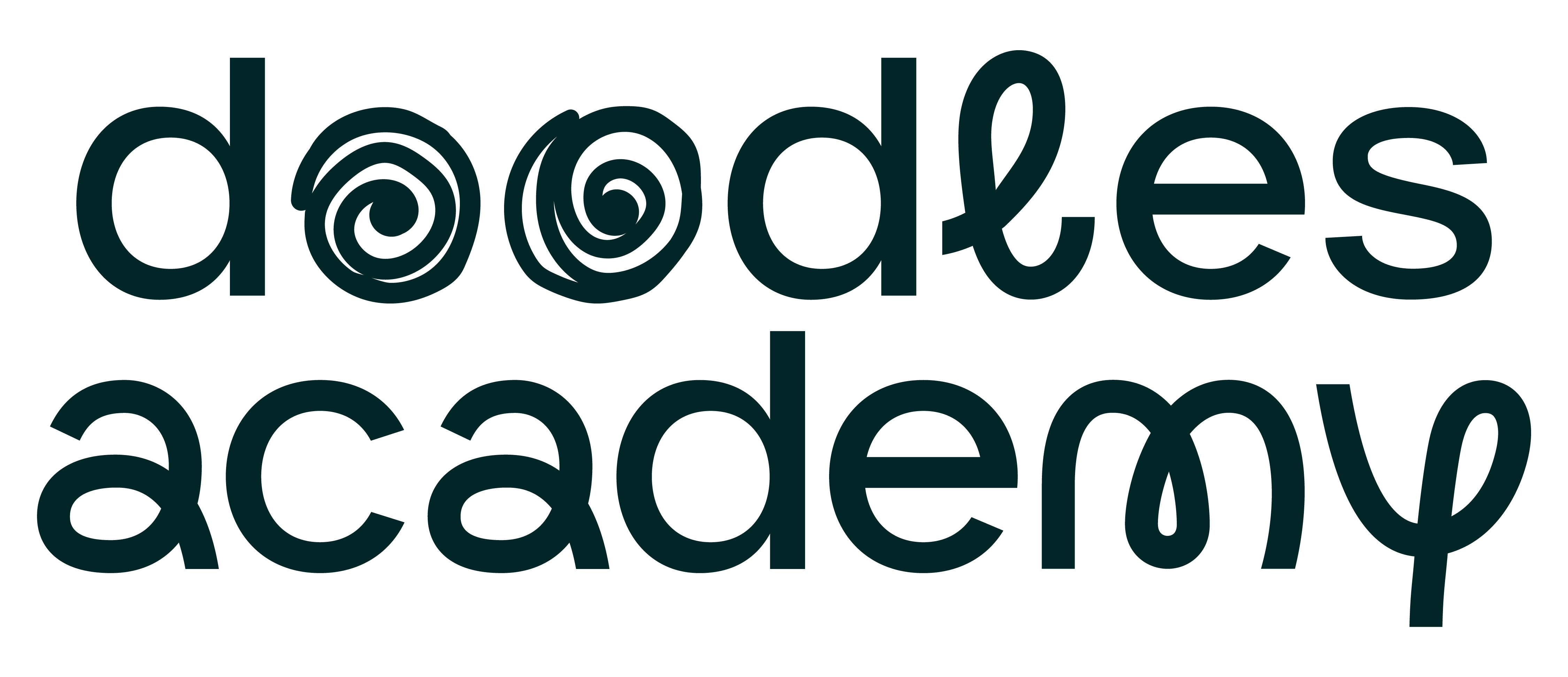Overview:
Allow a fifth day entirely for finishing and refining work.
Monitor your class. Classes work at different paces, and some classes will need two days to complete their project. If some of your students need time to finish, you can use the sixth day making sure each student artist who is finished completes an artist statement, and have students who are done help you to document their artworks and set up a display for them.
Students will be able to:
- carefully complete their work.
Setup:
Students will be working independently.
Have materials set up in a way that is easy to pass out, see, and select from.
Materials:
-
Masks from Lesson
-
Acrylic or Tempera Paint in red, blue, yellow, white, & black
-
Assortment of brushes
-
(Optional) Decorative items to glue on such as feathers & beads
-
Glue
Media:
- N/A
Handouts & Photocopies:
Lesson 5
5M, INSTRUCTIONS
CAREFULLY COMPLETE ARTWORK THEN ADD ARTIST STATEMENT
Tell the students that they will have the entire day to color and finish their work. Explain to them that when they are finished, they can begin working on an artist statement. An artist statement is something that an artist writes that can tell his or her viewer important information about the artwork if he or she is not there to explain it in person. Show them the artist statement sheet and give them an example.
Check for understanding by asking, “Who was listening closely that can sum up what we are doing today?” Make sure that student artists can list all the steps and clarify anything that needs clarifying.
20-25M, WORKTIME
FOCUS ON TECHNIQUE AND CRAFT
Encourage student artists to cover up all the white areas before moving on to details. Ask them about the decisions that they are making in order to make them aware of focused artistic decisions; i.e, “Why did you decide to use a short, diagonal line pattern?” or “I’m noticing your color choices! How did you decide on them?” Keep the observations neutral.
5-10M, CLEAN-UP/PRESENTATIONS
STUDENTS SHARE THE WORK OF THE ARTIST THEY INTERVIEW
Depending on the teacher’s style of classroom management, it might be helpful to only choose and train a few students to clean. Make sure to train these helpers well in advance so that you aren’t left with a messy room.
Clean-up times will vary with materials; get to know your class and allow 5-10 minutes depending on how efficient they are and whether or not the material was messy.
Have the rest of the class gather close, choose a partner, and interview them about the artistic decisions that they made.
Students will present the work of the person they interviewed. The student artist is not allowed to say anything until the end of the presentation.
*It might be worth setting aside some time to look at the work of their fellow classmates, whether through a display and walk-through in the hallway or in the classroom. *
ANTICIPATED PROBLEMS
-
A common problem in coloring is student artists rushing through their work and not finishing it with the same care with which they began the project. Encourage them to consider their choices by paying attention to the details and having conversations about them. Question the student artists on their choices and make sure that they are making deliberate ones. Talk to the class as a while about craftsmanship (don’t single students out).
EARLY FINISHERS
When a student has finished their work completely, have them fill out the artist statement using the photocopied worksheet. When they are completely done, have them work on a project of their choice (free draw) while the rest of the class finishes.
This project is free to access, but after the first lesson, you will have to create a free account and enroll in the course. After you create an account and enroll, the project can be accessed from the \’artroom\’ tab at the top of the page.
